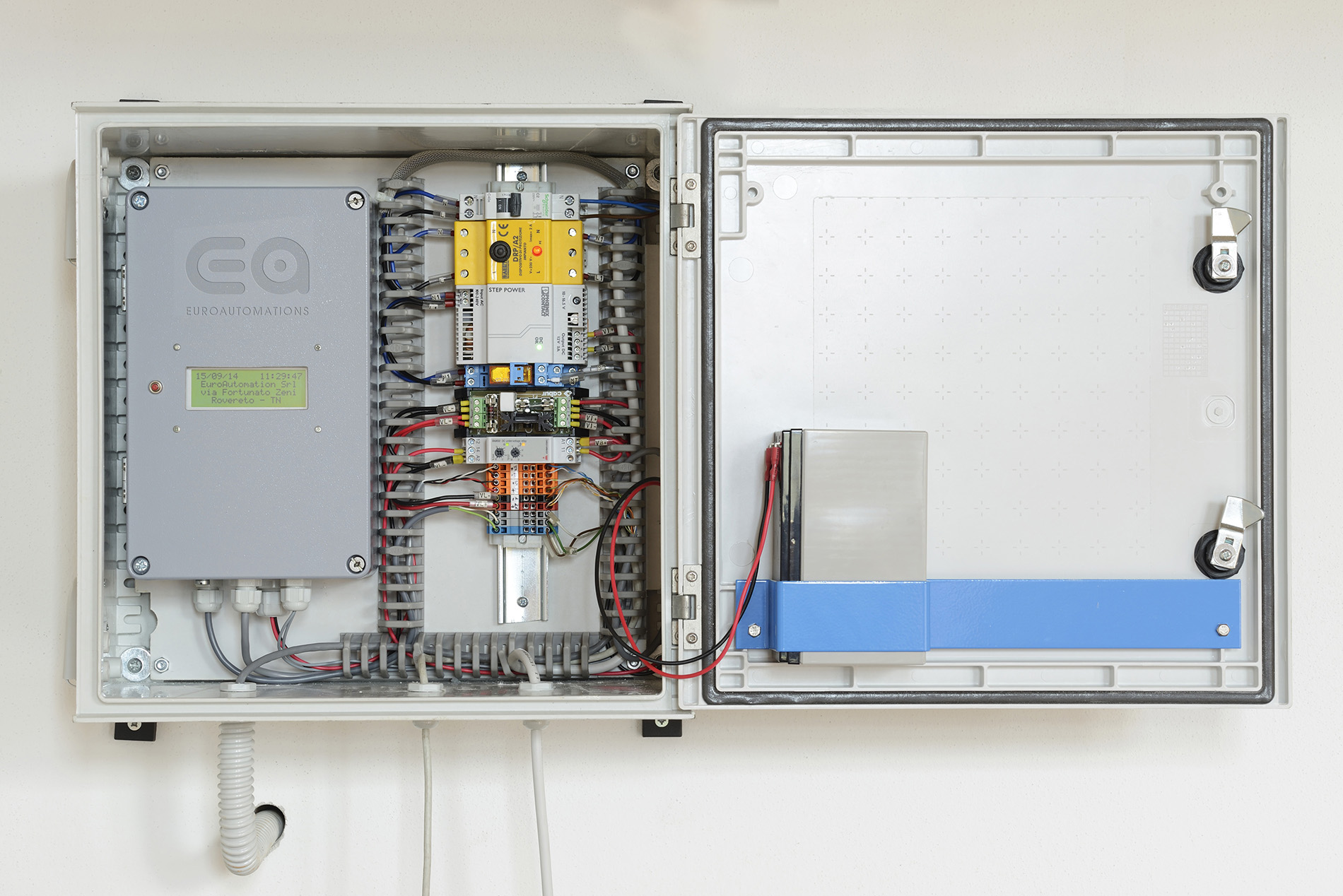REMOTE MANAGEMENT OF AQUEDUCTS AND WATER SAVING
Radio network system equipped with autonomous power supply, for real-time supervision and remote control of tanks, storage tanks, pumping stations and individual user meters. Using special control software, it allows you to command and monitor flow rates, pressures in pipelines or open channels, for the integrated management of the entire aqueduct. Using appropriate redundant protocols, the system guarantees and stores all the data for future forecast analysis of consumption, optimizing water resources, identifying leaks and drawing up water balances.
Centralized system that can be consulted in real time from each device, analysis of historical data, management of anomalies, distribution of data and commands, real-time status of the field, intuitive software
Multi-user management and customization: the manager can independently configure the system, authorize users to access with various levels of display and interaction
Sending of alarms safe and precise, even in the absence of connection to the server. Encrypted and protected communications. Long-term data archiving on redundant servers
Radio communication on free frequencies allows, without management fees, to easily reach the peripherals in the field even in inaccessible points
The creation of districts with control between the incoming and outgoing flows from the individual meters allows you to easily identify the leaks present in each area/district of the water network
Visualization on a georeferenced map of the peripherals in the field and of the single irrigation sectors













INTEGRATED MANAGEMENT
- remote reading of user meters
- rational distribution of water resources
- water treatment station interface
- possible districtisation of the network
WATER SAVING
- identification of water leaks
- rationalization of water pumping
OPTIMIZATION
- better performance of the water network
- prevention of flood or dry water risks
- prevention of any malfunctions
SAVING
- internal staff optimization
- loss search time reduction
- reduction of energy costs
- decrease in volumes of non-invoiced water
- settlement of disputes with users
- Forecast analysis
- constant monitoring of volumes disbursed
- data historicization
- performing predictive diagnoses
REGULATIONS
- water balances and communication of volumes
- communication of volumes to control bodies
- compilation of any aqueduct booklets
